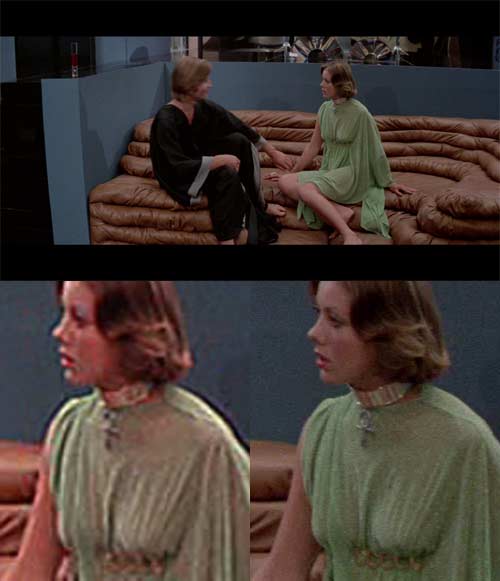I went to Melbourne today courtesy of Panasonic to see its dancing girls and enjoy a lunch. Oh, and to see some products. Like 17 new plasma TVs, ranging from the $999 107cm 1,024 x 768 pixel Viera TH-P4220A, to the 127cm $3,299 Viera TH-P50VT20A. Actually, that last one is the smallest of the four models in the VT20 range, but the only one on show. These go up to 165cm but the other models won’t be available until October or November.
The 127cm one will be available in June, and for three months you will get packaged with it the 3D versions of Coraline and Ice Age 3. Because the VT20 TVs are 3D models. You also get with each one a set of LCD shutter glasses (additional sets cost $199).
Now that I’m sitting here, I realise I forgot to ask something: does this TV have some kind of psuedo 3D effect it can apply to 2D material? I’m pretty sure the answer would be no, or they would have mentioned it.
Instead, they focused on the main game, which will be Blu-ray 3D. As with the 127cm TV, Panasonic’s DMP-BDT300 3D Blu-ray player ($599) will be released in June. Here’s the front:

But what about the back? That’s what I’ve been wondering about lately.
What if you have a highly satisfactory home theatre receiver, as I do, that has no particular reason to support the new HDMI 1.4 3D video standards? Are you going to have to rewire your system every time you want to watch a 3D movie? You would have to pull the HDMI cable from your receiver, plug it directly into your TV instead. And you’d have to use an optical or coaxial digital audio cable to deliver substandard audio to your receiver instead of the full DTS-HD MA or Dolby TrueHD that we get on most Blu-ray discs these days.
So what about the back? On the back of this unit, along with a bunch of other connections, are two HDMI outputs. They specifically thought of this and provide one to deliver audio to your receiver and one to deliver video to your TV. The former can be used for audio.
Incidentally, they explicitly acknowledged the Pioneer Kuro development team, now folded into Panasonic’s TV R&D unit, for helping improve the performance of their latest TVs. Amongst other things, they claim a dynamic contrast ratio of five million to one.





